| Product Name | Nitrotyrosine ELISA Kit |
| Description |
Colorimetric detection of Nitrotyrosine |
| Species Reactivity | Species Independent |
| Platform | Microplate |
| Sample Types | Cell lysates, Plasma, Serum, Urine |
| Detection Method | Colorimetric Assay |
| Assay Type | Competitive ELISA (Enzyme-linked Immunosorbent Assay) |
| Utility | ELISA kit used to quantitate Nitrotyrosine in samples. |
| Sensitivity | 50 nM |
| Assay Range | 62.5 - 8000 nM |
| Precision | Intra-Assay Precision: Three samples of known concentration were assayed thirty times on one plate. The intra-assay coefficient of variation of the Nitrotyrosine ELISA has been determined to be <10%. Inter-Assay Precision: Three samples of known concentration were assayed thirty times in three individual assays. The inter-assay coefficient of variation of the Nitrotyrosine ELISA has been determined to be <15%. |
| Incubation Time | 1 hour |
| Number of Samples | 38 samples in duplicate |
| Other Resources | Kit Booklet Lot. No. SN004002 , Kit Booklet , Kit Booklet Lot. No. SN189203 , MSDS , Calculations Worksheet |
| Field of Use | Not for use in humans. Not for use in diagnostics or therapeutics. For in vitro research use only. |
Properties
| Storage Temperature | 4ºC and -20ºC | ||||||||||||||||||||||||||||||
| Shipping Temperature | Blue Ice | ||||||||||||||||||||||||||||||
| Product Type | ELISA Kits | ||||||||||||||||||||||||||||||
| Assay Overview | 1. Prepare standard and samples in the Sample and Standard Diluent. 2. Add 50 µL of prepared standards and samples in triplicate to appropriate wells. 3. Add 50 µL of the diluted antibody preparation to the appropriate wells. 4. Cover plate with Plate Cover and incubate at room temperature (20-25°C) for 1 hour. 5. Wash plate 4 times with 1X Wash Buffer. 6. Add 100 µL of TMB Substrate to each well. 7. Cover plate and develop the plate in the dark at room temperature for 30 minutes. 8. Add 100 µL of Stop Solution to each well. 9. Measure absorbance on a plate reader at 450 nm. 10. Plot the standard curve and calculate sample concentrations. | ||||||||||||||||||||||||||||||
| Kit Overview |
|
||||||||||||||||||||||||||||||
| Cite This Product | Nitrotyrosine ELISA Kit (StressMarq Biosciences Inc., Victoria BC CANADA, Catalog # SKT-126) |
Biological Description
| Alternative Names | 3 Nitrotyrosine, 3-NT, 3-Nitro-L-tyrosine, 3-Nitrotyrosine, 3NT, Nitro tyrosine |
| Research Areas | Alzheimer's Disease, Cancer, Cell Signaling, Neurodegeneration, Neuroscience, Nitration, Oxidative Stress, Parkinson's Disease, Post-translational Modifications, Protein Oxidation |
| Scientific Background |
Nitrotyrosine is a stable biomarker formed by the nitration of tyrosine residues in proteins, typically through the action of reactive nitrogen species such as peroxynitrite. It serves as a reliable indicator of nitric oxide (NO)-dependent oxidative damage and chronic inflammation. Unlike transient NO metabolites, nitrotyrosine accumulates in tissues and circulates in the bloodstream, offering a longer-lasting signal of nitrosative stress. In neuroscience, elevated nitrotyrosine levels have been detected in neuroinflammatory and neurodegenerative conditions, including Alzheimer’s disease, Parkinson’s disease, and multiple sclerosis. Its presence reflects oxidative damage to neuronal proteins, disruption of cellular signaling, and mitochondrial dysfunction—hallmarks of progressive neurodegeneration. Because protein-bound nitrotyrosine is more stable than free NO metabolites, it provides a more accurate measure of sustained oxidative injury in the brain. Its detection in cerebrospinal fluid and brain tissue supports its use as a diagnostic and prognostic biomarker in neurological research. |

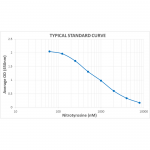
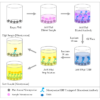
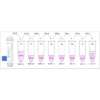
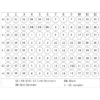
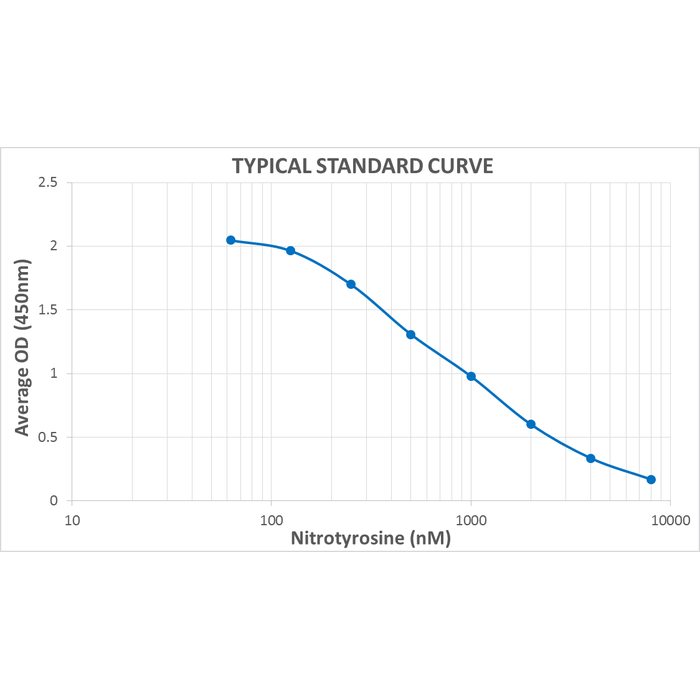
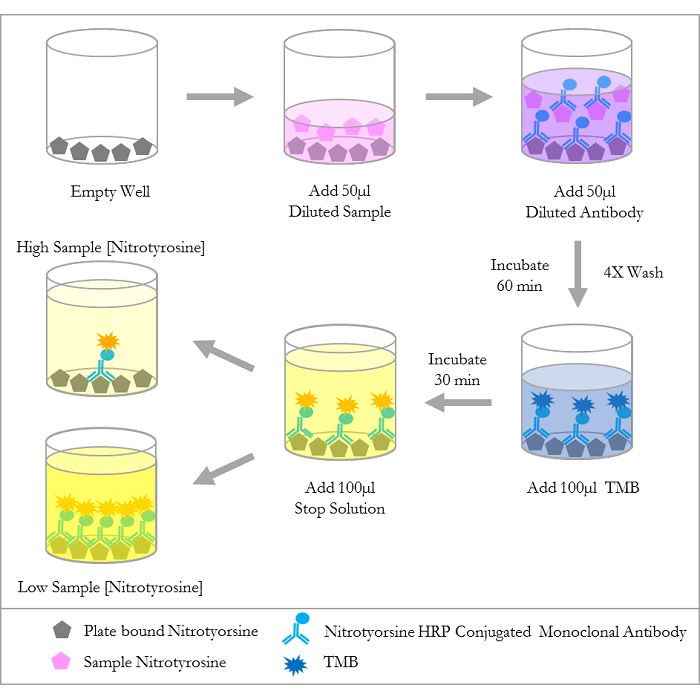
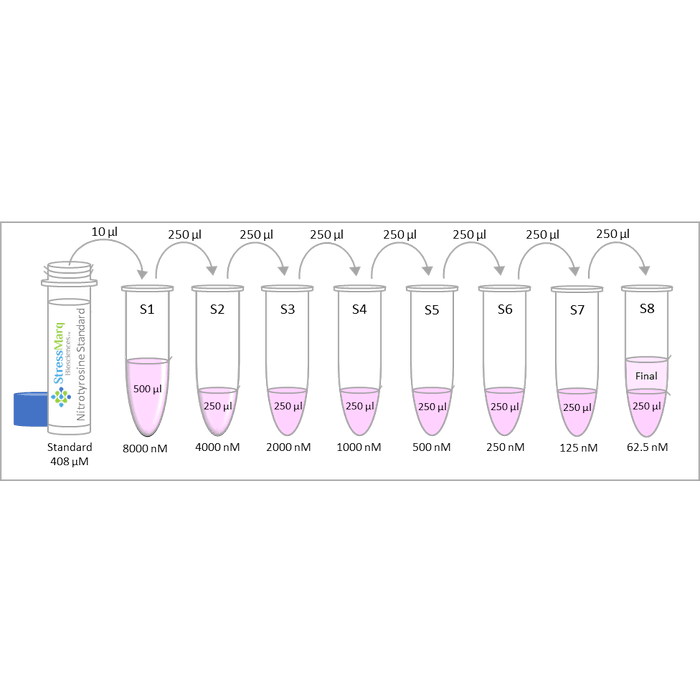

StressMarq Biosciences :
Based on validation through cited publications.